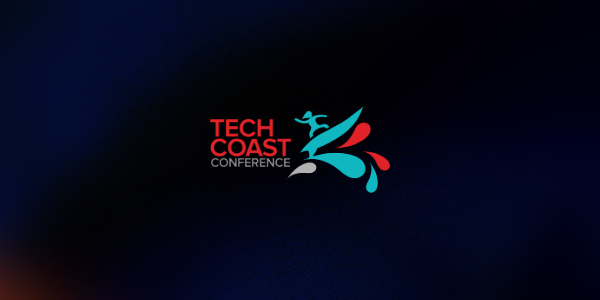As technology continues to change, so do the IT support models available to business owners. From hosting some of your IT processes in the cloud to using a third party to manage all your IT requirements, there’s a lot for you to choose from. By understanding more about the benefits of each one, you can decide what best suits your business.
IaaS cloud-based services
IaaS cloud-based services allow you to host some of your business processes in the cloud. For most organizations, this means using the cloud to store data and collaborate on it. In addition to giving you an easy way to prevent disasters during hardware downtime, cloud storage allows you to scale your business with flexibility. By the end of 2020, TechJury estimates that 67% of enterprise infrastructures will be cloud-based.
As a support model, IaaS allows for greater automation of tasks. Your cloud provider can analyze access logs and monitoring with ease, allowing you to gain a greater insight into security challenges. Depending on how you want to use your IT resources, you can also implement policies that promote better application availability. Many organizations choose IaaS because of quick implementation, ease of use, and cost benefits. Scaling your cloud-based support is easy, and a lot of providers offer flexible solutions that could match your business’s budget.
ITaaS for complete third-party management
ITaaS involves allowing a third party to manage your IT services. That third party will create, store, and manage all your technologies. Using a pre-agreed fee, the IT support team in question will provide all your hardware, software, and support. This type of support model is suitable for businesses of all sizes. It’s also flexible, as the organization providing you with support will assess your needs before creating a package.
ITaaS is one of the most cost-effective models available. It’s cheaper than having a dedicated team of IT support staff onsite, yet you get all the benefits of one. Most ITaaS providers work with clients who have complex technology needs. As a result, they’re adept at providing custom solutions that suit your business model. Your ITaaS provider will also monitor everything remotely, so you have the security of knowing they’ll alert you if anything is amiss.
Overall, ITaaS is ideal if you’re looking for a cost-friendly comprehensive IT support model. You can also use ITaaS if you need support for your existing IT team. As the average IT budget dropped by 3.28% in 2018, your business wouldn’t be alone in choosing to lower costs in this area.
SaaS for software over the Internet
Software as a Support Service (SaaS) allows you to experience all the benefits of software without adding it to your devices. You can access your software from any location with any device. This feature means there’s no need to use an IT expert to download the software and implement it across your site. You also don’t need to worry about how different types of software will affect other programs on your computer.
As an IT support service, SaaS offers a lot of flexibility. Software access is granted according to your employees’ login credentials so that they can access it on any compatible device. It’s also a flexible support model in terms of finances. You usually pay a monthly subscription fee which you may be able to cancel or increase at any time.
While IaaS offers an excellent solution for those who need a firm disaster response plan, IPaaS is ideal when you need someone to take control of all your IT processes. SaaS is unlikely to work well as a standalone support model, but is excellent when you’re looking for a flexible approach to software. Ultimately, the approach that comes out on top is the one that best matches your business requirements.






